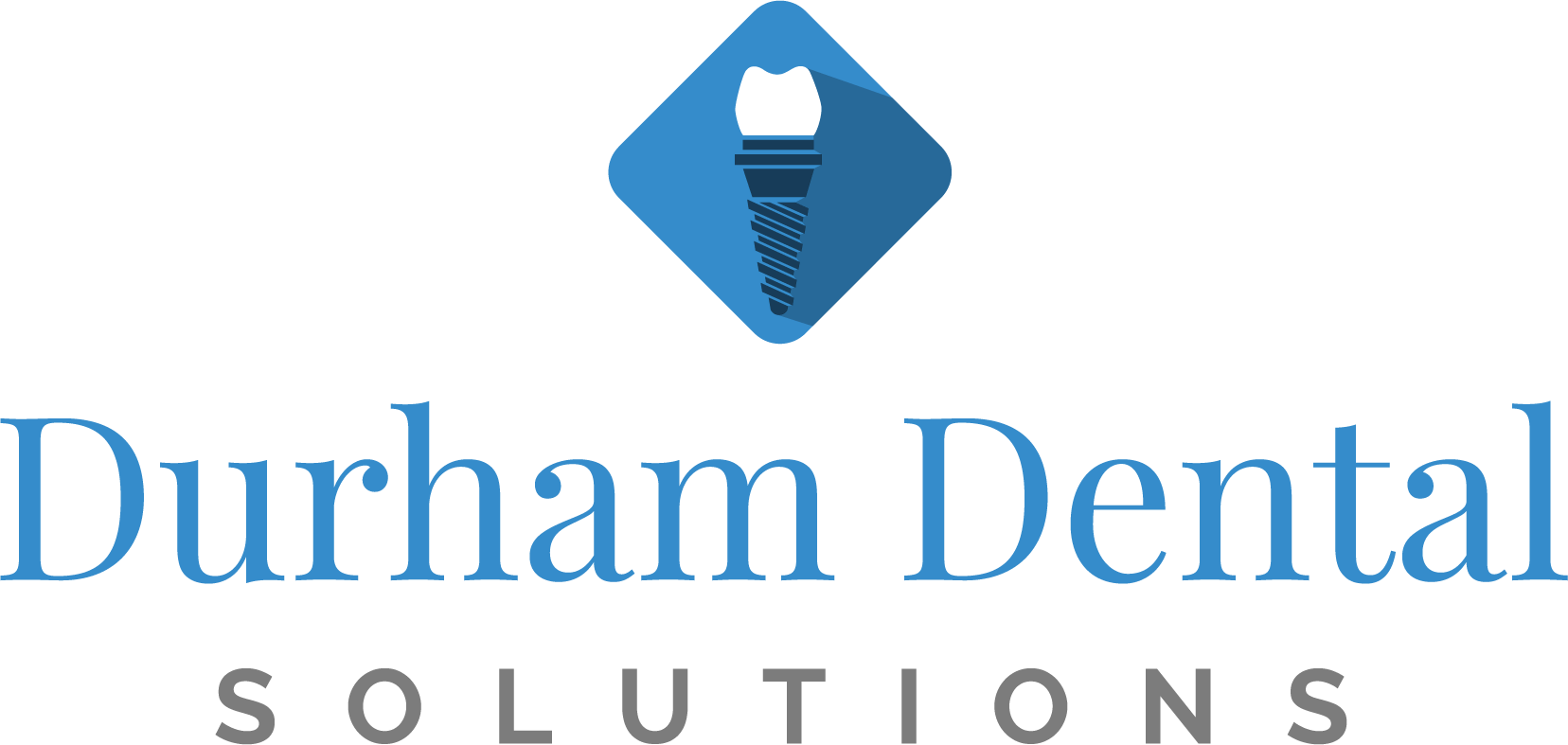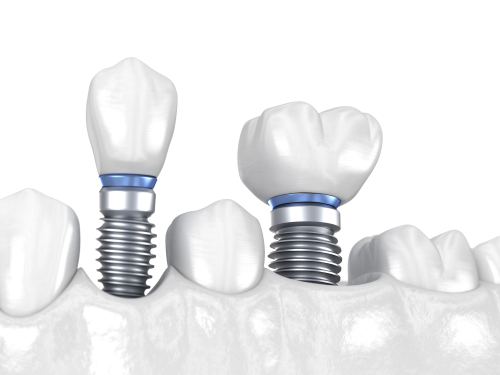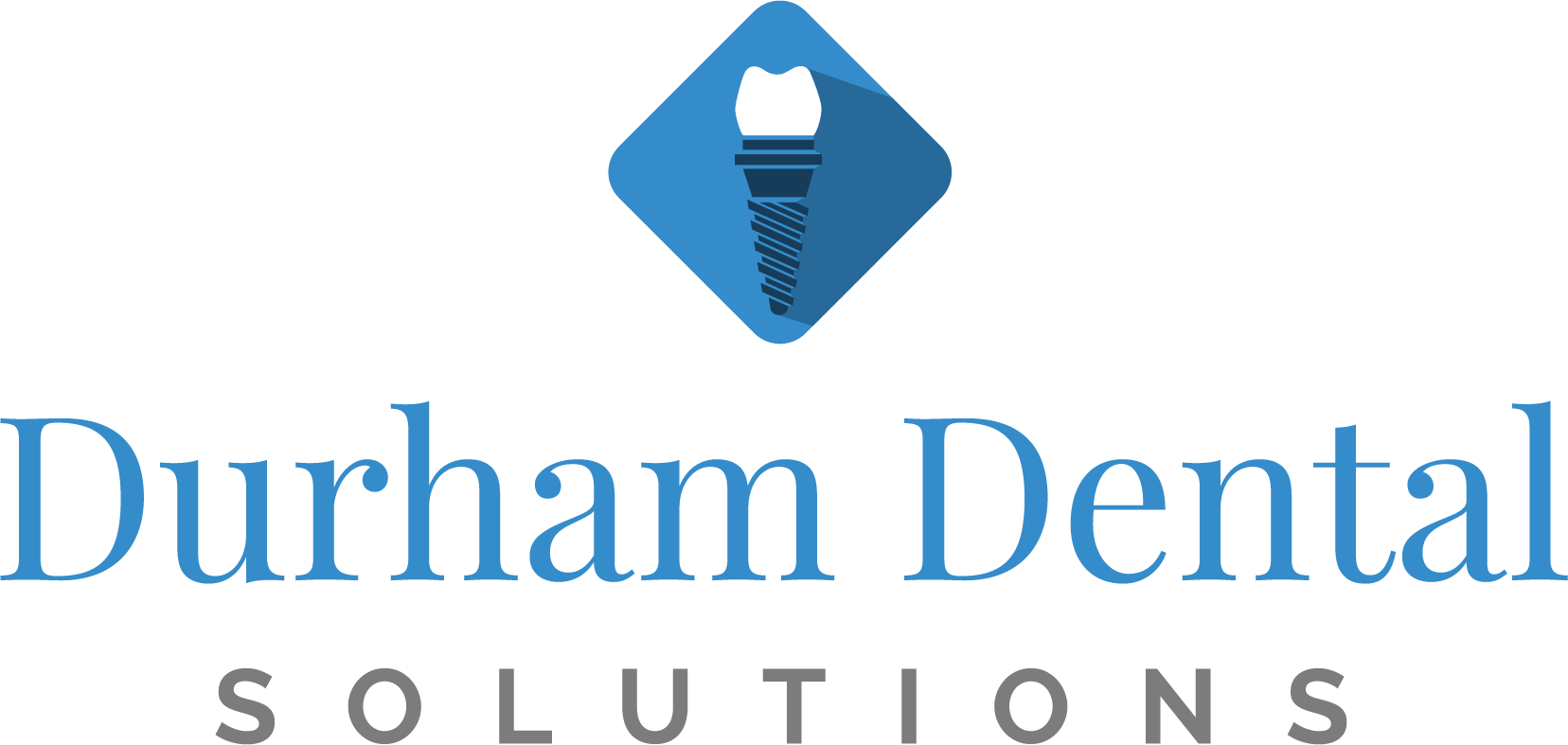There’s little doubt that dental implants in Ajax are an excellent solution for tooth loss, but you do need a decent amount of healthy jawbone to support the implant. Sometimes there isn’t enough bone to successfully place dental implants.
What Causes Bone Loss?
When you lose a tooth to injury or gum disease, or because of tooth decay, the bone that used to surround it will gradually resorb. This is because it no longer receives any form of stimulation that is normally provided by your natural tooth root. The jawbone remodels considerably during the first year of tooth loss, and after this period bone loss continues, albeit at a slower pace.
The great thing about having a dental implant is that your body perceives the implant post in much the same way as a real tooth root, so it halts the resorption process that causes bone loss. It’s one reason why dental implant dentists in Whitby will suggest having dental implants soon after losing a tooth to protect and preserve your jawbone. However, if you lost teeth quite some time ago or have suffered bone loss because of another reason such as gum disease, there are other solutions to restore missing bone.
Bone Grafting
Bone grafting is commonly performed before or even during dental implant placement in cases where there isn’t enough bone to create a suitable environment for the dental implant post. An experienced dental implant dentist in Brooklin can place the bone graft into areas where it is deficient and can use specialized materials to encourage new bone growth. There are several different bone grafts available, depending on your needs and preferences.
Using Your Bone for a Graft
One option is to use your bone for dental implant bone grafting in Oshawa, and which is called an autograft or autogenous bone graft. This bone graft is very effective because it uses tissue taken from another site in your body, so there is no risk of rejection. Because the graft contains your bone cells, these are quickly able to transform into bone–forming cells. Often, bone from your chin or the jaw is used for bone grafting. However, this option does require more complex surgery and the site from which the bone is harvested will also need time to heal.
Using Donated Human Bone
Donated bone, called an allograft, is taken from a human donor and is sterilized and demineralized, ensuring it is safe for use. Because there is no need to harvest bone from your body, healing is faster, but some people dislike the thought of using human donor bone.
Using Animal Bone
Animal bone grafts are called xenografts, and usually the bone is bovine in origin. Because the bone graft isn’t human, xenografts can take longer to heal, and the actual bone formation may be weaker than when using human bone.
Using Synthetic Bone
Synthetic bone is now widely used during bone grafting for dental implants in Newcastle. It forms a matrix, allowing your bone cells to grow on this artificial scaffolding. Eventually, the matrix is replaced with your bone.
How Will I Know If I Need a Bone Graft?
When you visit Durham Dental Solutions for your consultation, we can more fully assess the quality and quantity of your jawbone using a cone beam CT scan, an advanced 3-D imaging system. The CT scan provides us with a wealth of information and allows our experienced dental implant dentists in Clarington to make maximum use of available bone. If you do need a bone graft, we use the most advanced bone grafting techniques and most times we use plasma rich growth factors that encourage faster healing using samples of your plasma from your blood.


